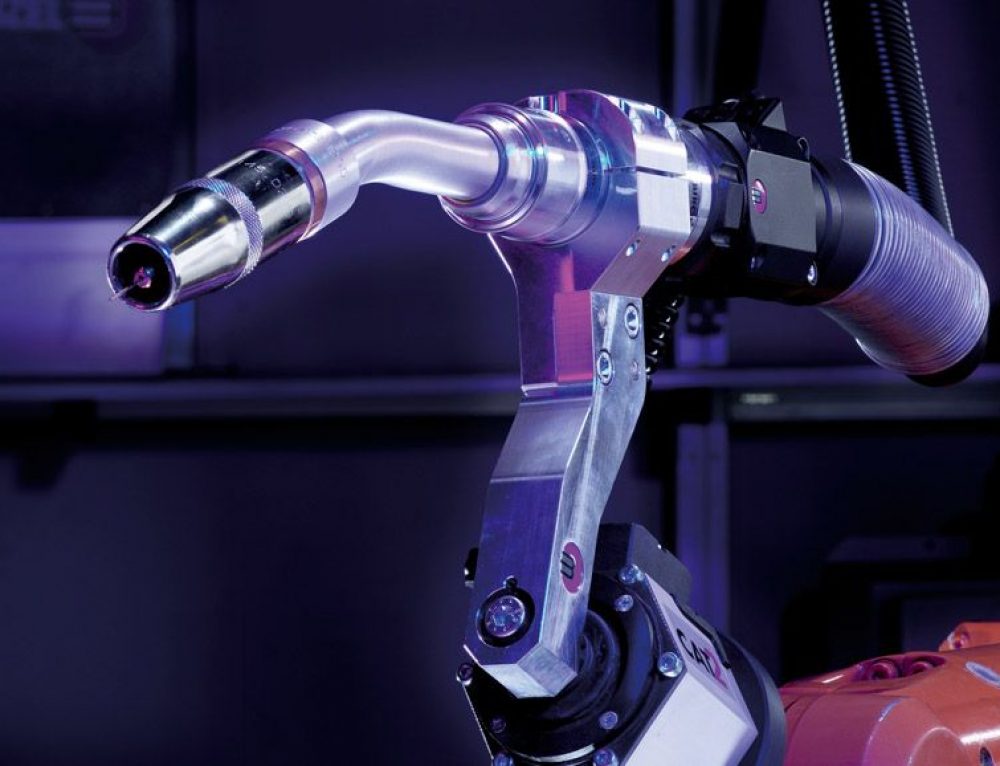If you’re feeling like workplace productivity is too difficult to manage as a restaurant operator or if you think that, while it’s important to your operations, there are other goals to prioritize ahead of it, think again. Productivity in the workplace can be a make-or-break factor in otherwise well-run restaurant operations and, believe it or not, it’s the responsibility of restaurant operators to make sure it’s happening.
Tricks for Getting More from Your Team
Productivity is going to come in different forms for the members of your team. The only way to ensure you’ve got a firm grip on all of it is to get yourself organized and working efficiently, too. In order to achieve productivity on all fronts, you’ll need to invest in the right restaurant technologies to streamline processes and improve insights into your operations.
Trick #1: Prioritize Hiring
If you want to make sure your management team’s time is fully optimized so they can focus on running the restaurant, make sure you’re hiring the right people the first time around. In addition, you should be well-versed in the ebb and flow of your restaurant’s traffic. If you know more staff will be needed at certain times of the year, make sure you’ve got a hiring schedule and process in place so your restaurant is always properly staffed.
Suggested Tool: Hiring software can help you narrow in on the best-fit applicants, track applications through the process, and maintain a consistent interview and onboarding process for each new hire.
Trick #2: Spend Less Time Scheduling
Pen and paper, loose spreadsheets on computers, and sticky notes scattered around desks make for inefficient scheduling. Rather than leave your teams to tackle each week’s schedule manually, give them shift planning tools like an online schedule maker to simplify the process.
Suggested Tool: Scheduling software can help automate the scheduling process while also opening up visibility around shift changes, under or overstaffing, and general foot traffic trends.
Trick #3: Use Multiple Training Methods
Training can get boring pretty quickly when people are forced to review outdated training materials in isolation. There is a lot of training your new team members need to review before they can get to work—job training, ABC training, OSHA training, safety training, and more—so mix up the training avenues available to them and keep the process entertaining.
Suggested Tool: Online training gives restaurant operators the ability to liven up training with videos, full-color photos of menu items, and other interactive modules to keep trainees engaged.
Trick #4: Manage Costs with Checklists
There are a lot of costs associated with restaurants: staffing, inventory, food, supplies, marketing, and more. Rather than set a goal for each cost area and hope your team doesn’t exceed the pre-set limits, utilize a set of checklists that will notify you not only of where overages are occurring, but to also spot trends that may help you reallocate unused costs elsewhere.
Suggested Tool: Restaurant inventory software gives you the ability to create checklist templates, share them with your team, and actively monitor the status of each.
Trick #5: Collect Data and USE It
Big data isn’t called “big” for nothing. Restaurant operators need a tool to help them review and analyze everything having to do with their locations: scheduling inefficiencies, unpopular menu items, busy times of the day, regular customization requests, missing inventory, complaints about a specific location, etc. By having access to the big picture, management can actively make improvements to restaurant operations for the sake of the team as well as customers.
Suggested Tool: Big data software will help restaurant operators and managers keep tabs on trends, adjust processes accordingly, and take action in real-time.
By investing in the right restaurant technologies, restaurant operators can gain better control over what’s happening in each location and increase workplace productivity on all fronts.
Want more helpful tips and tricks for increasing productivity in the workplace? Let’s talk.






